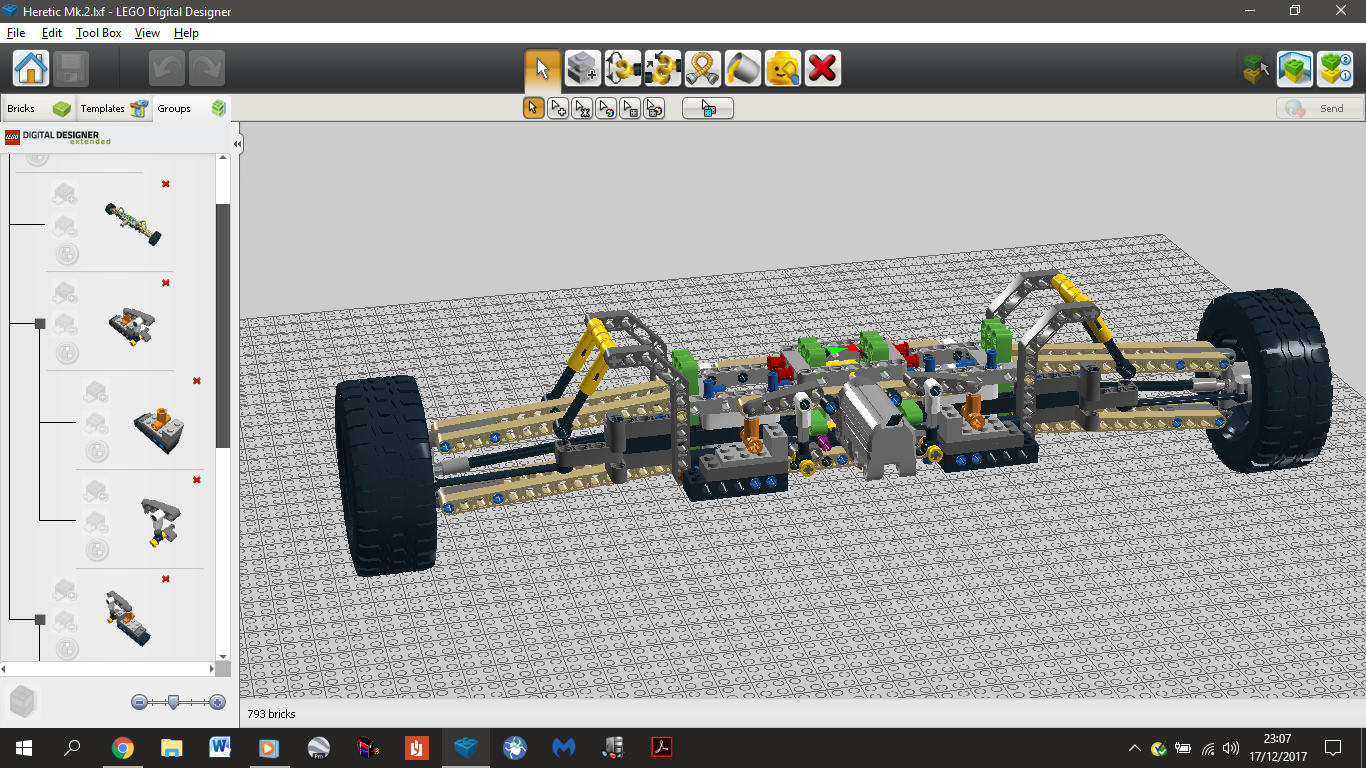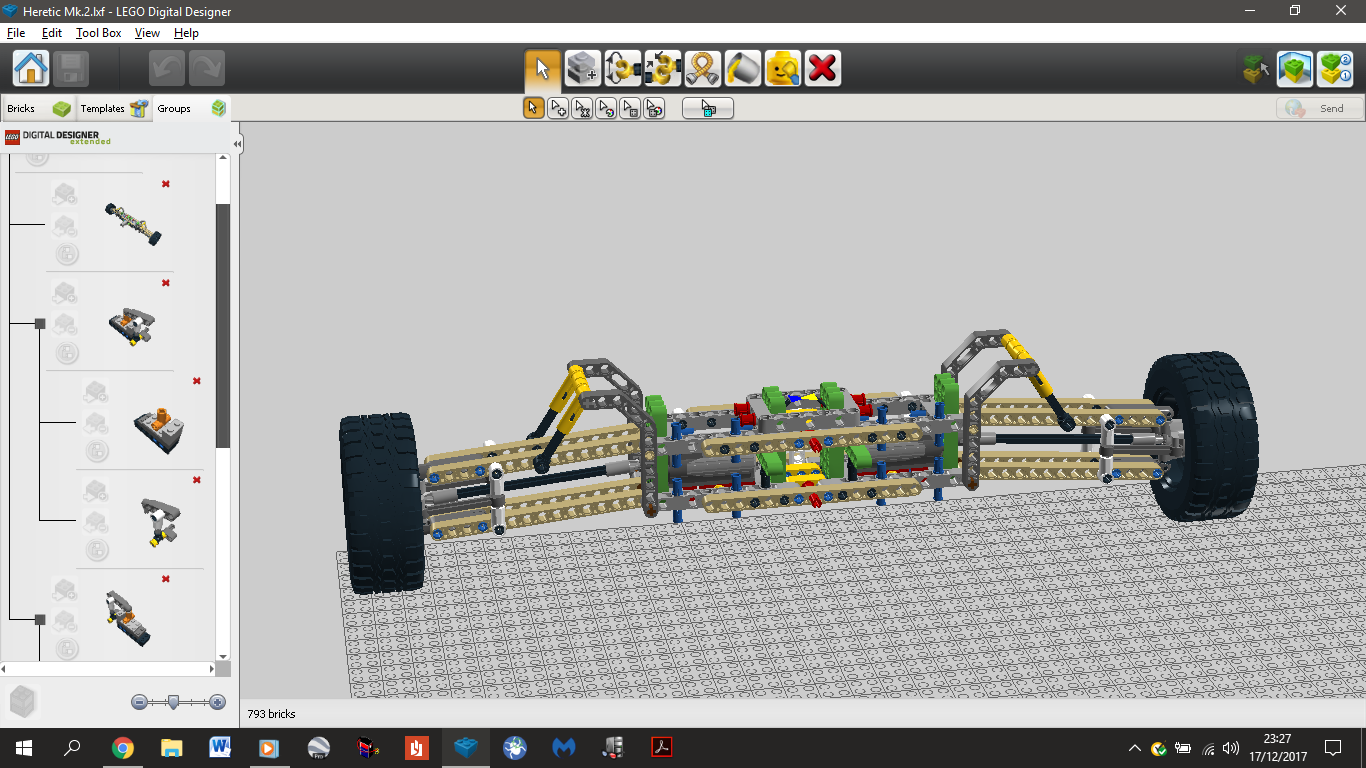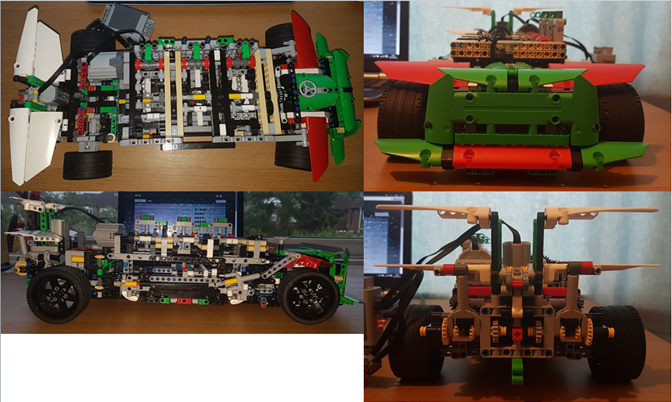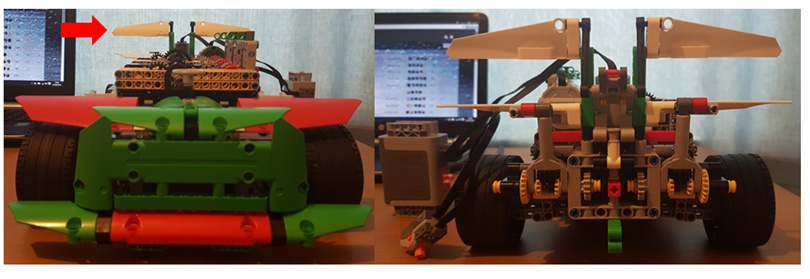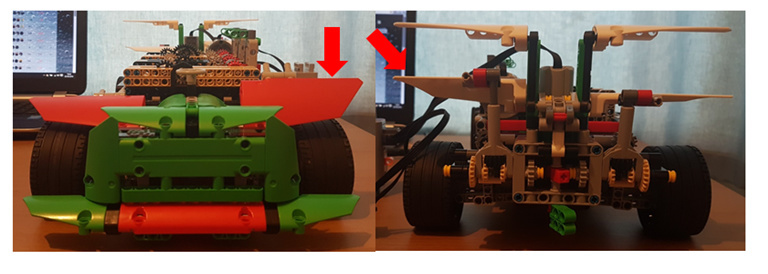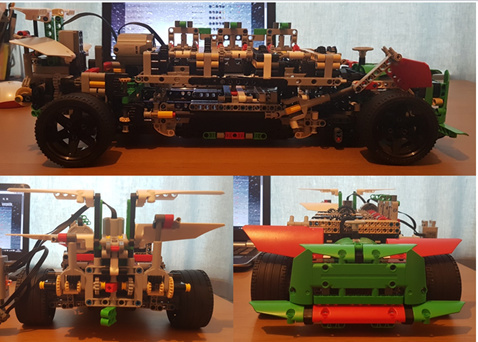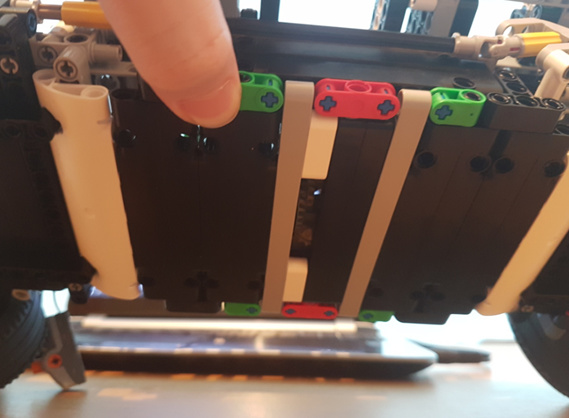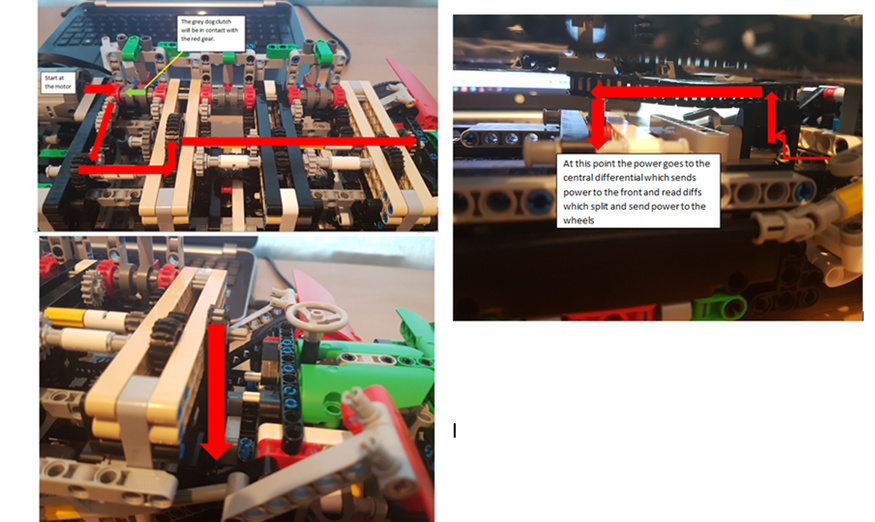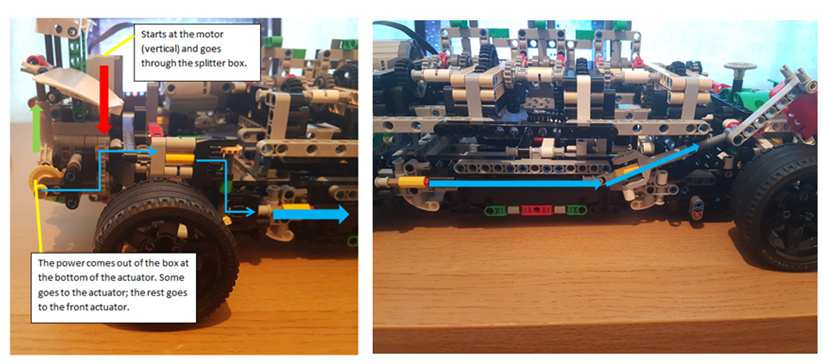If you’re not here from the OP you can ignore this post, I needed to make space in the OP
Note : PLEASE DO NOT EDIT THIS POST, IT IS ONLY A WIKI SO THAT THE EDIT TIME DOESN’T EXPIRE.
-RC or R/C : Radio or Remote Controlled
-RTR: Ready To Run, a car that is ready to go out of the box, it might need batteries and a charger.
-ARTR: Almost Ready To Run, a car that is usually ready for the most part apart from needing something like a transmitter and receiver of your choice.
-Kit: A car that comes in pieces that you have to build and provide electronics for.
-Motor: Turns electrical energy into rotational kinetic energy. It makes the car move.
-ESC: Electronic speed control, the main circuitry responsible for running the car, especially the motor.
-Brushed: A type of motor, very cheap but getting dated and not good for high performance purposes.
-Brushless: A newer type of motor, more expensive but better than brushed in almost every way.
-Turns: The amount of physical turns of wire a motor has inside, more turns = more torque and better acceleration, less turns = less torque but more speed.
-KV: The amount of RPM (revolutions per minute) a motor can produce when 1V (volt) of electricity is put across it.
-Servo: A motor and series of gears with limited travel (~180 degrees) used for steering.
-Transmitter: The remote control for the car, sends a signal to the receiver in the car.
-Receiver: Takes the signal from the transmitter and sends it to the servo and ESC.
-Cell: I haven’t got a good definition for this but 2 or more cells make a battery. LiPo cells are typically 3.7V (volts) and NiMh cells are 1.2V (volts).
-Battery: A collection of cells, the power source of the car.
-LiPo: Lithium Polymer, a type of battery chemistry, used widely in technology today.
-NiMh: Nickel Metal Hydride, a dated type of battery chemistry, good for RC beginners.
-Capacity: How much electricity a battery can store, usually measured in mAh or Ah.
-mAh or Ah: milliamp hours or amp hours, denotes how many amps or milliamps a battery can provide for an hour. 1000mA = 1A. 1mA DOES NOT equal 1MA. m means milli (one thousandth), M means Mega (one million). So 1mA is one thousandth of an amp, 1MA is one million amps.
-C: Stands for ‘capacity’, denotes how many times its capacity in current a battery can provide. C is usually used on LiPos and you have to be careful with this reading as there isn’t a standard for it and some batteries are more accurate than others. Also some manufacturers list continuous C while others list burst C. Burst is usually double the continuous. For example a 30C continuous , 3000mAh battery should be able to provide 90,000mA or 90A continuously and double that in bursts.
-S: Stands for ‘series’ , denotes how the internal cells of a battery are wired, series wiring increases voltage. For example 2S means 2 cells in series which for a LiPo means 7.4V. But the capacity remains the same.
-P: Stands for ‘parallel’ , denotes the other way a battery can be wired, this increases capacity but keeps voltage the same. So if you had two 1000mAh cells and wired them in parallel (2P) you would have 2000mAh but only 3.7V if they were LiPos. In RC the P value doesn’t really matter that much.
-Ratio: The difference in size between an output and input gear. E.g. A 2.5 ratio means that the output is 2.5 times bigger than the input, that means that the output will spin 2.5 times slower than the input. A 0.5 ratio means the output is half the size of the input and will spin twice as fast.
-External ratio: The ratio between the spur and pinion gear. Both the spur and pinion can be changed with different sizes to change the ratio.
-Internal ratio: The ratio between the diff and top shaft. This ratio cannot be changed like the external.
-FDR: Final Drive Ratio, the ratio of the entire transmission, can be calculated by multiplying the internal and external ratios.
-Pinion gear: The input gear on the motor shaft, it meshes with the spur and is usually a lot smaller than the spur.
-Spur gear: The second gear in the external ratio. It is mounted on the top shaft and is held in place by the slipper clutch.
-Slipper clutch: A pair of pads that clamp the spur and slip when too much power is applied, this prevents transmission damage. Unlike a clutch in a real car it does not detach when the car is moving as the car does not change gear.
-Top shaft: The first gear of the internal gear ratio, usually the smallest of the 3 gears. The spur is mounted on the top shaft.
-Idler gear: Generally a gear used when you want the input and output gears to be rotating in the same direction. In this case it is the top shaft and diff. The idler is usually the second largest.
-Diff or Differential: A series of gears housed within one gear, in short it allows the wheels to turn at different speeds when going around a bend. This is the last gear of the internal ratio and the whole transmission. It is also the biggest of the internal ratio.
-Mesh: The term used to describe the contact between the teeth of two gears. E.g. “My spur and pinion have a good mesh”. Badly meshed gears often mean they damage each other.
-Shocks: The shock absorbers, not much to say here, they do what it says on the tin. They’re the part of the suspension that looks like a spring wrapped around a tube.
-Toe: The angle of the tyres of the car when looked at from above. Toe in is when the fronts of the tyres are pointed towards the inside of the car. Toe out is when they point out. Neutral or no toe is when they are parallel to the length of the car.
-Camber: The angle of the tyres when looked at from the front or the rear. Negative camber is when the tops of the tyres are tilted inwards, positive camber is when they are tilted outwards. Neutral or no camber is when the tyres are parallel to the height of the car.
-Tyre compound: The type of rubber that the tyres are made of. Proline (a tyre brand) use the M notation followed by a number for their tarmac tyres. For example, M2 is medium, M4 is supersoft. They have other notations for other surfaces but I don’t use those tyres.
 .
.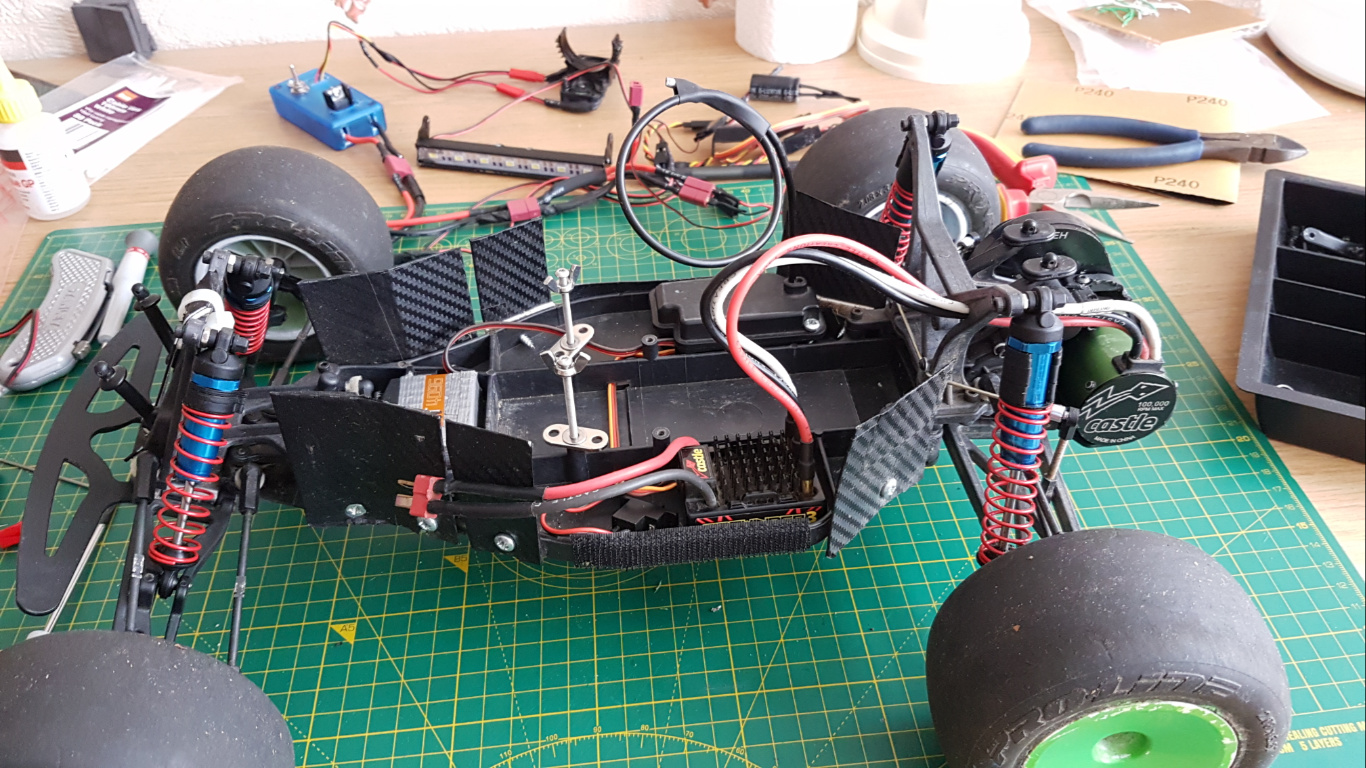



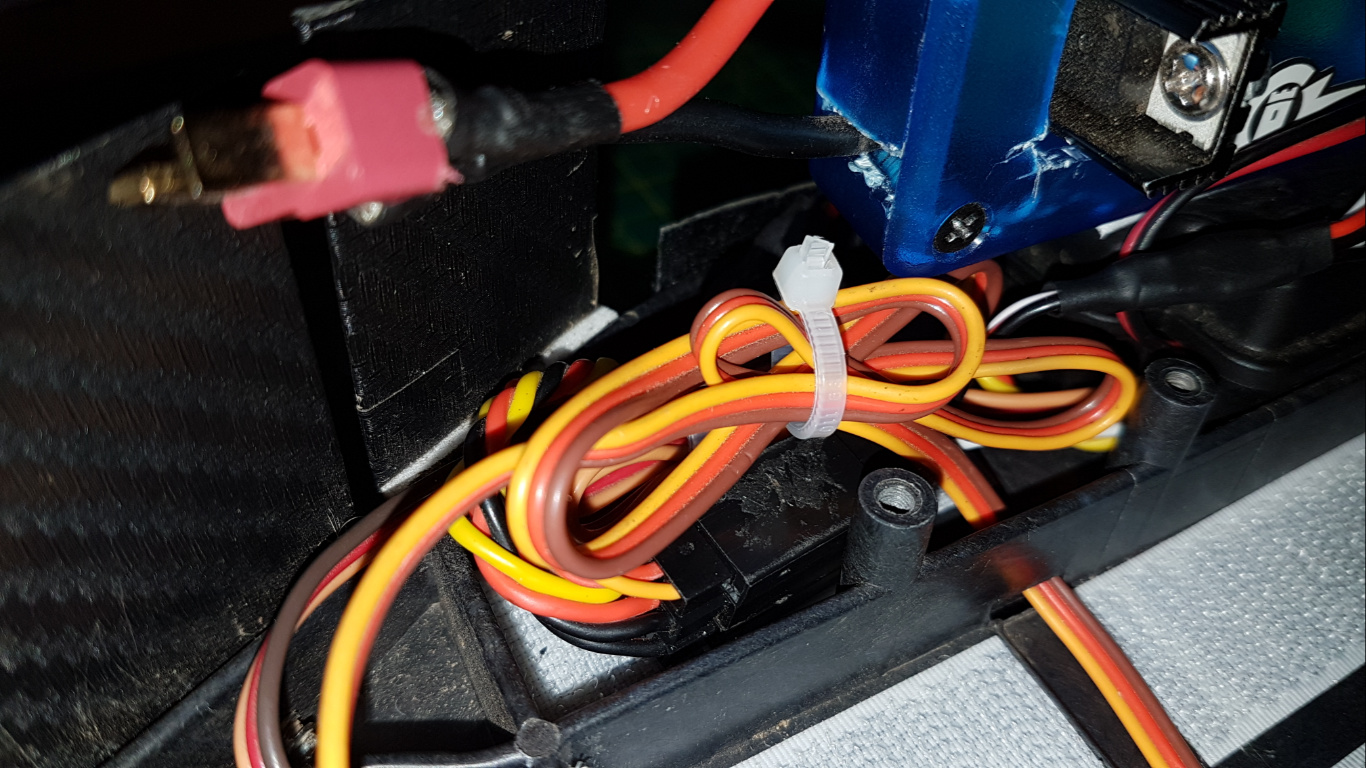


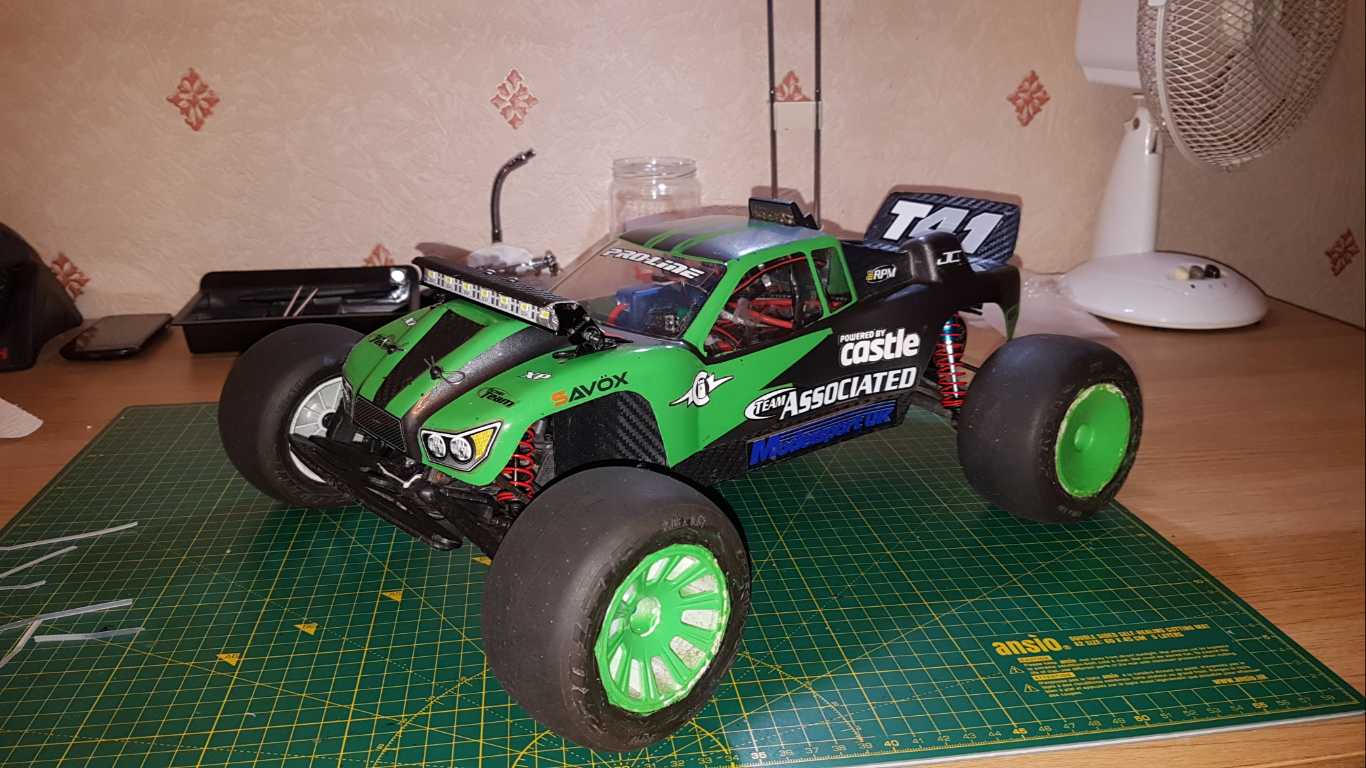







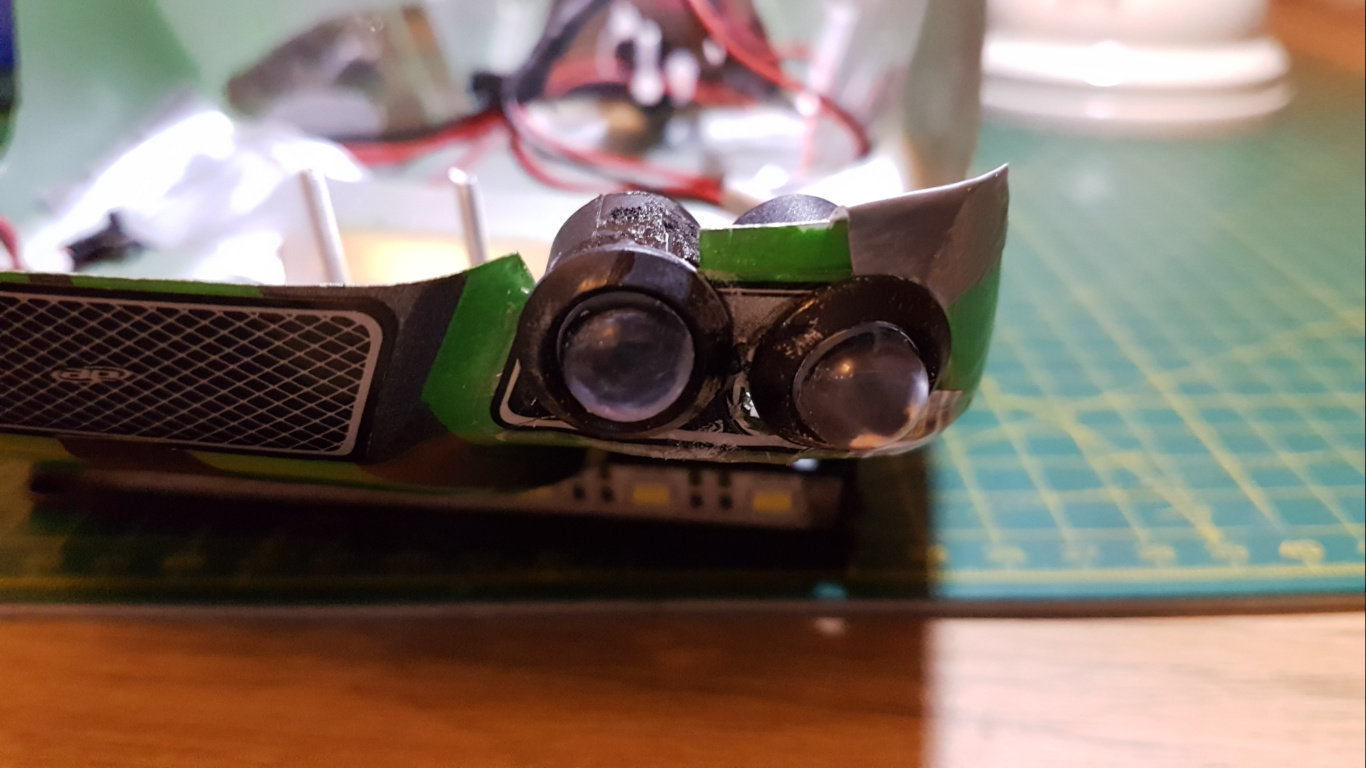
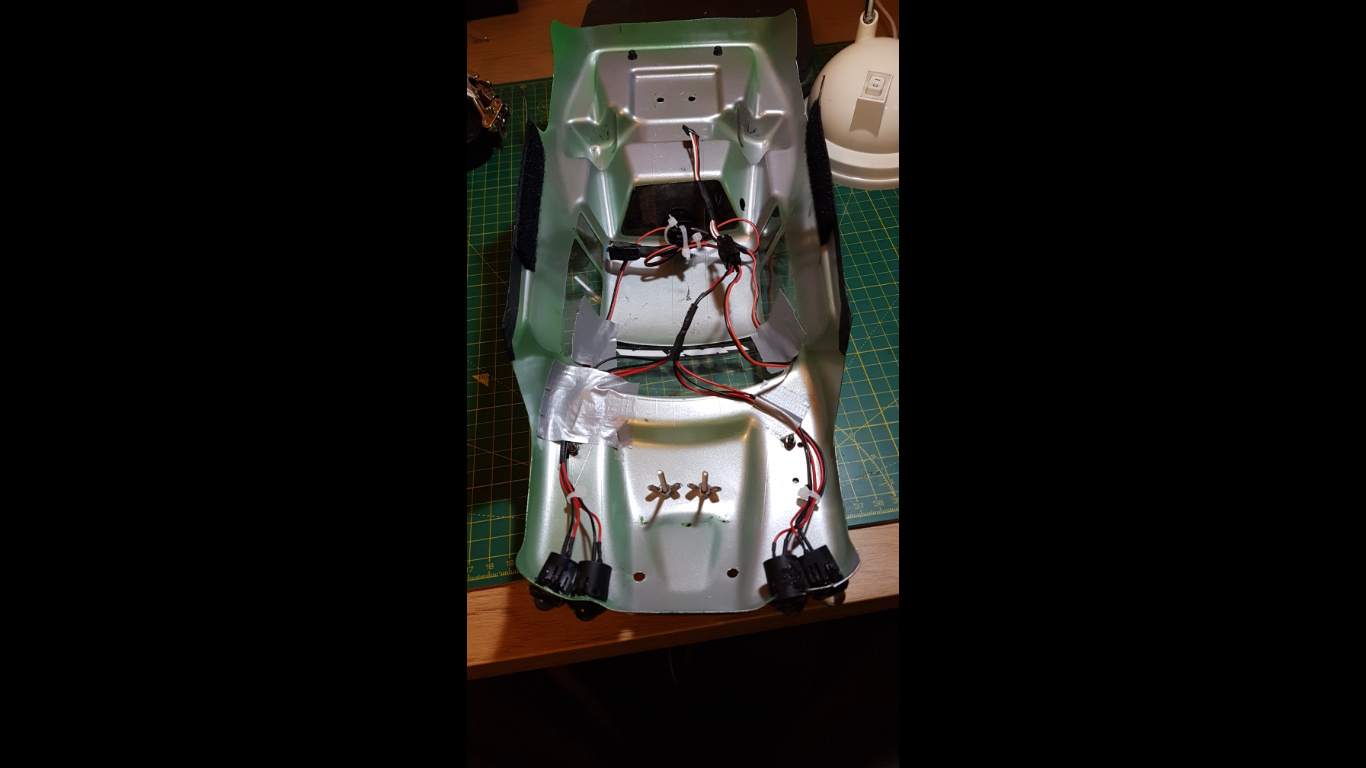
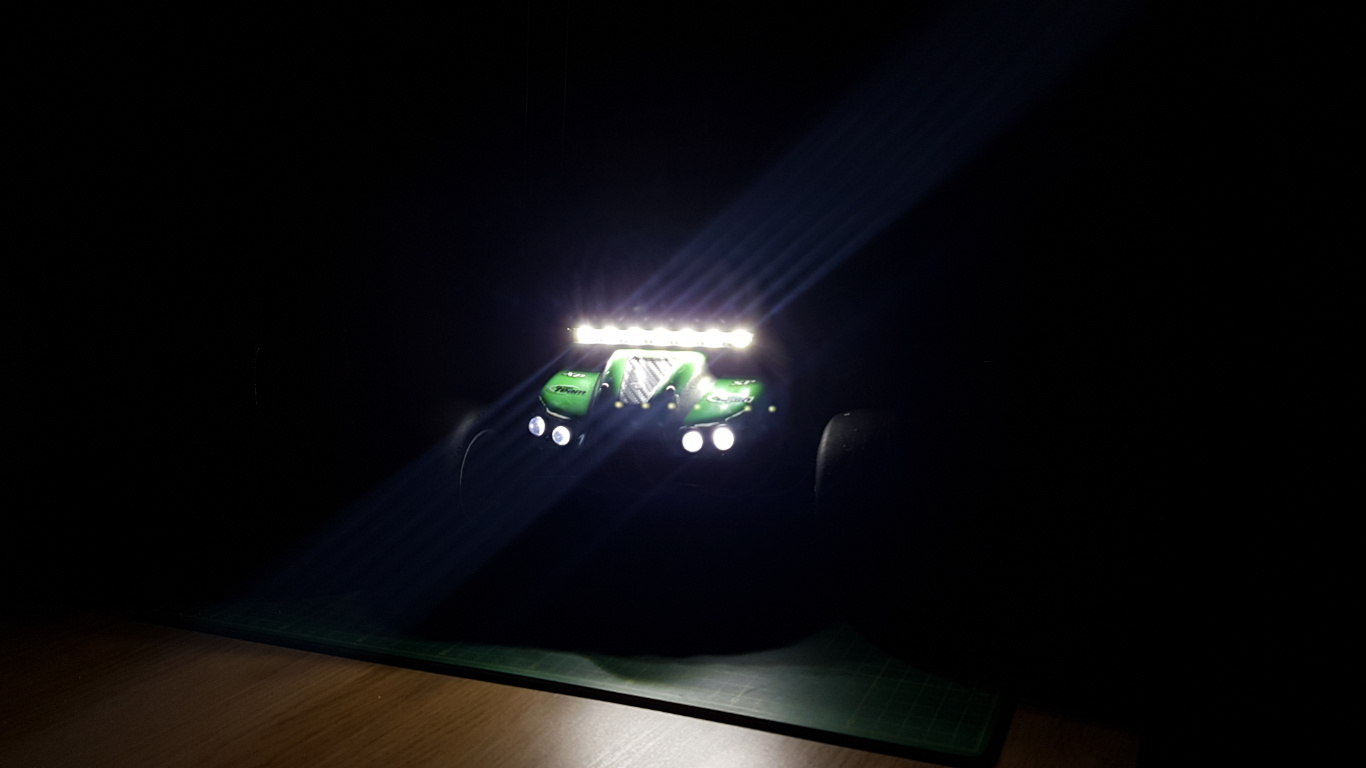
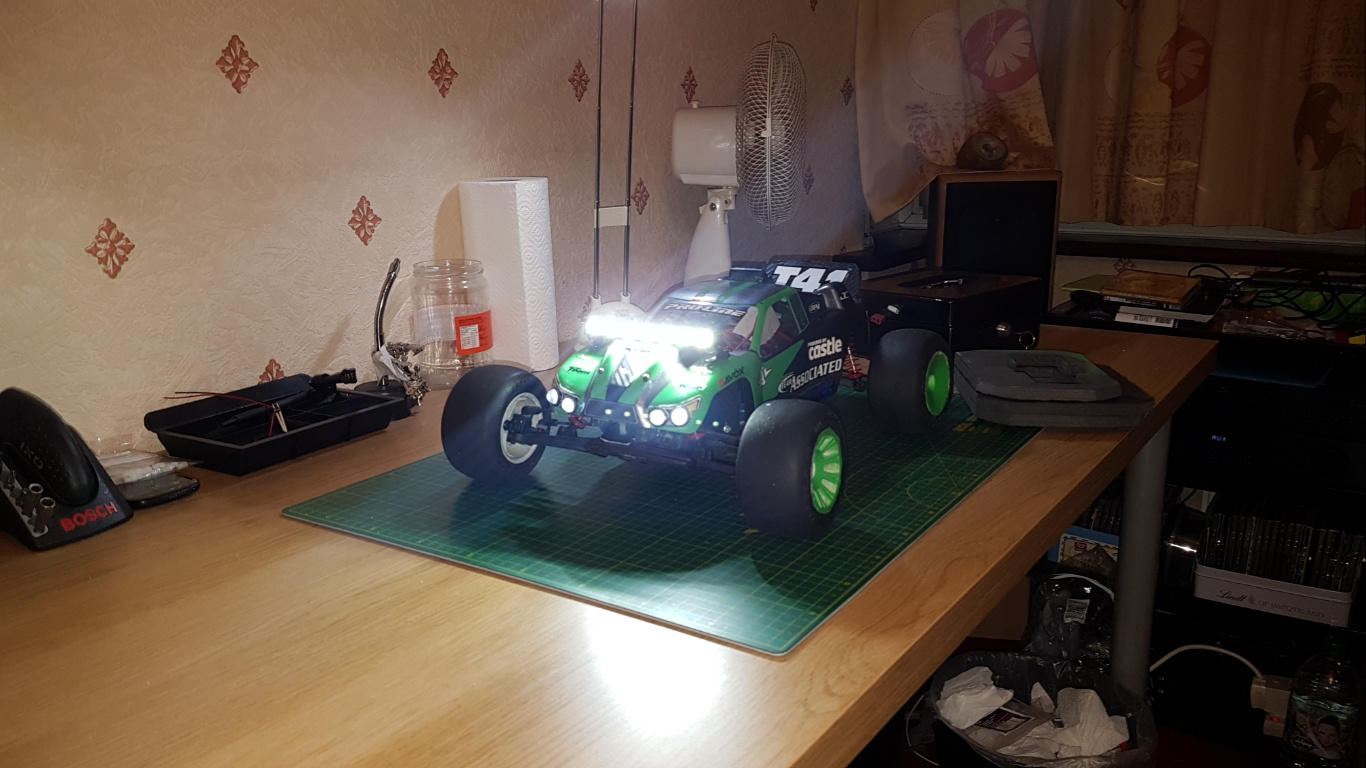
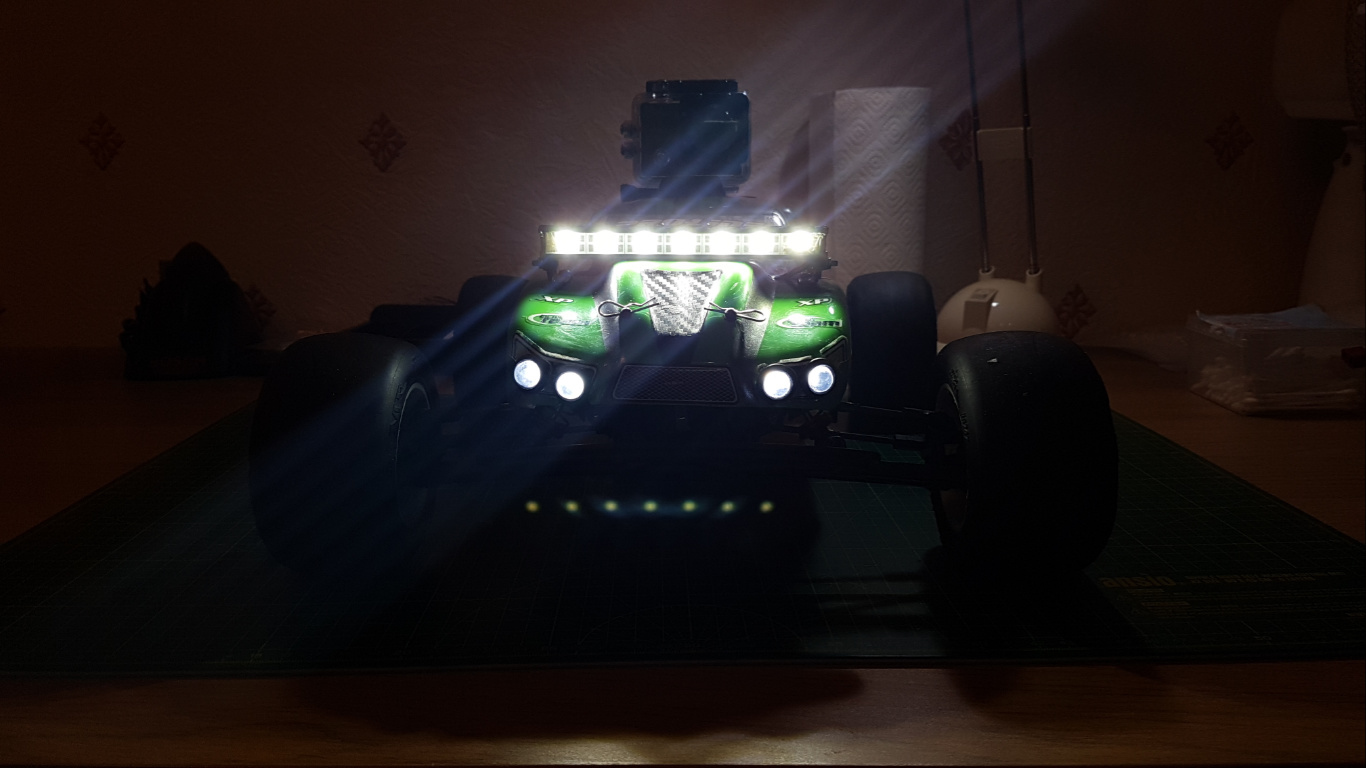
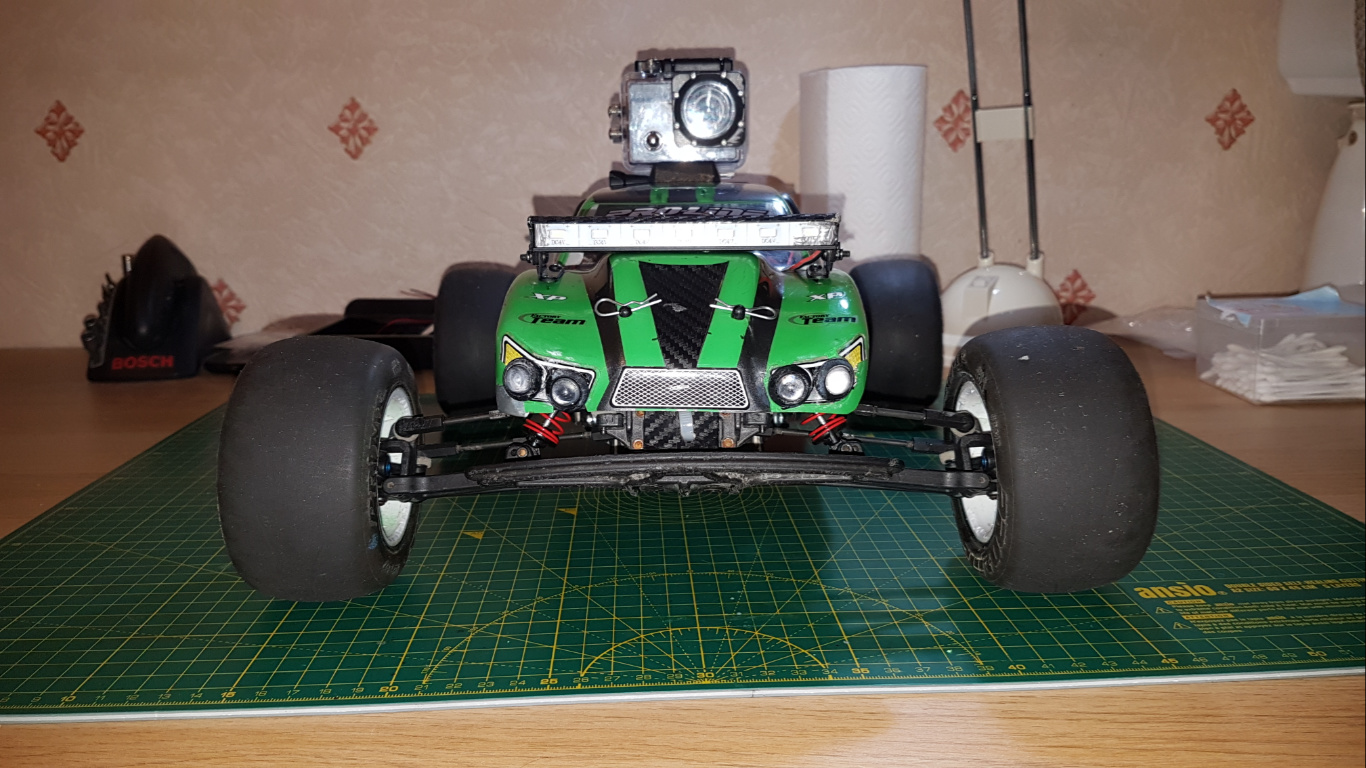

 .
.

